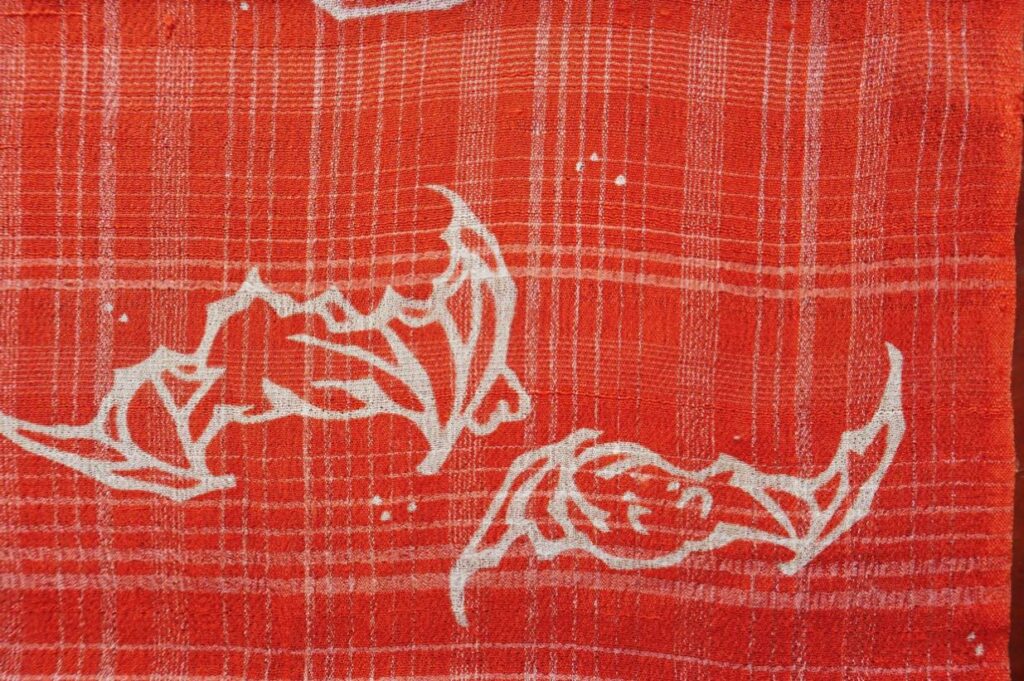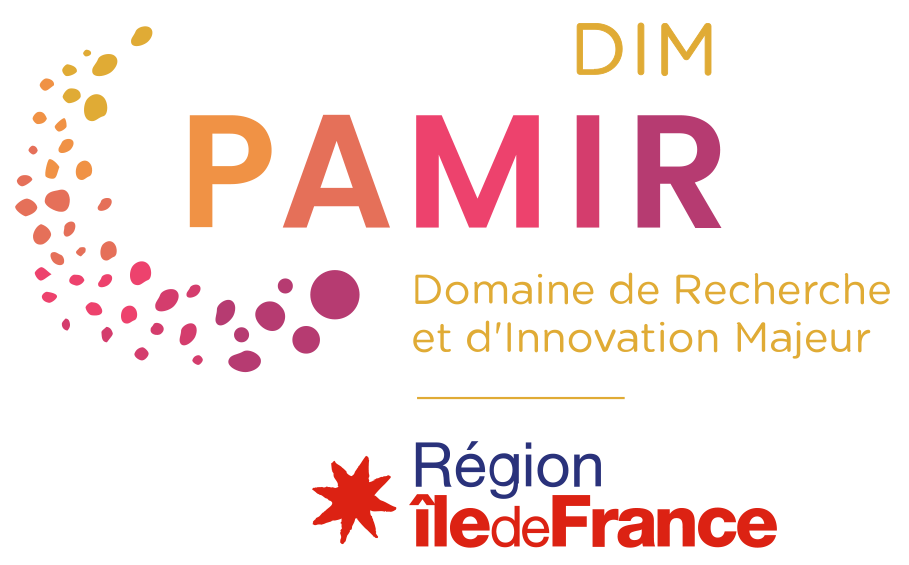
TUSSA
Dyeing of wild silks
Scientific responsibility :
- Annabel Vallard
- Sophie Cersoy
- Jean-Baptiste d’Espinose de Lacaillerie
- Hélène Gascuel
- Éléonore Kissel
Methodological axes :
Thematic fields :
Disciplinary sectors :
Partnership :
- Musée national des Arts asiatiques – Guimet
- Musée du quai Branly – Jacques Chirac
Project ID : IDF-DIM-PAMIR-2023-4-030
Summary :
Dyeing a silk fabric does not give the same result according to the silkworm which produces it. Wild silks, secreted by various species, are generally more difficult to dye than mulberry silk from Bombyx mori, for reasons which are still misunderstood. The physicochemical interactions and reactions occurring between the components of wild silks (proteins, calcium oxalate, phenolic compounds), as well as those of dyes (dye molecules and mordants), remain poorly known. Their study is critical as they could explain the various appearances of the different silks after dyeing. In addition, the interactions and reactions may occur not only during the dyeing process, but also later, throughout its conservation. Indeed, several mordants were shown to progressively degrade mulberry silk fabrics, leading to a decrease in their mechanical strength.
This research project innovatively aims at a better understanding of the wild silk fabrics dyeing processes and of the degradation phenomena of the dyed fibers occurring over time. Investigating this little-known topic will enable obtaining both valuable clues, for the history of art and production techniques of the fabrics, and for their conservation-restoration. Various silk cocoons and thread skeins will be prepared and dyed under the same conditions (pH, concentration) for each of the dyes and mordants used, before undergone an artificial ageing to allow an in-depth study of the degradation mechanisms. Whereas the color and mechanical strength changes will be studied by colorimetry and tensile tests measurements, the interactions and reactions between the silk samples and the components of the dyes applied will be characterized by FTIR, Raman and solid-state NMR. The data obtained for the aged laboratory samples will be compared to non- destructive analysis (FTIR) carried out on cultural heritage silk fabrics.

